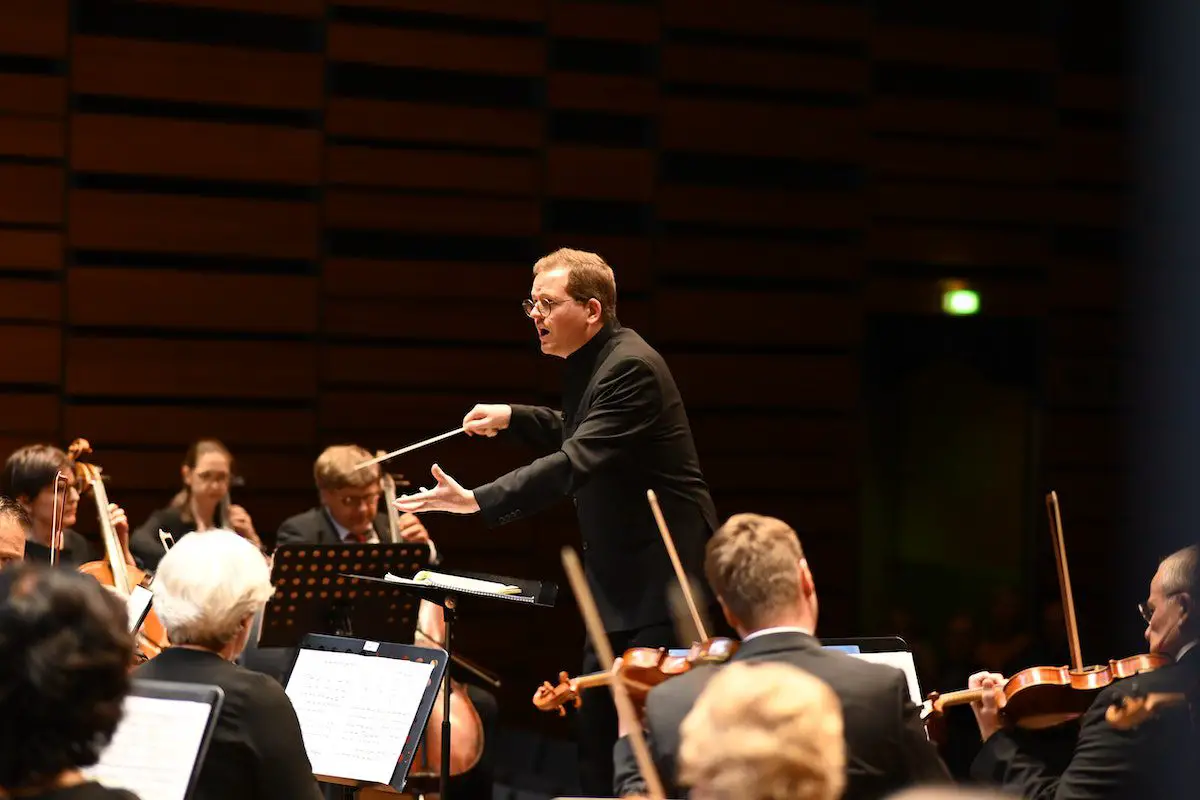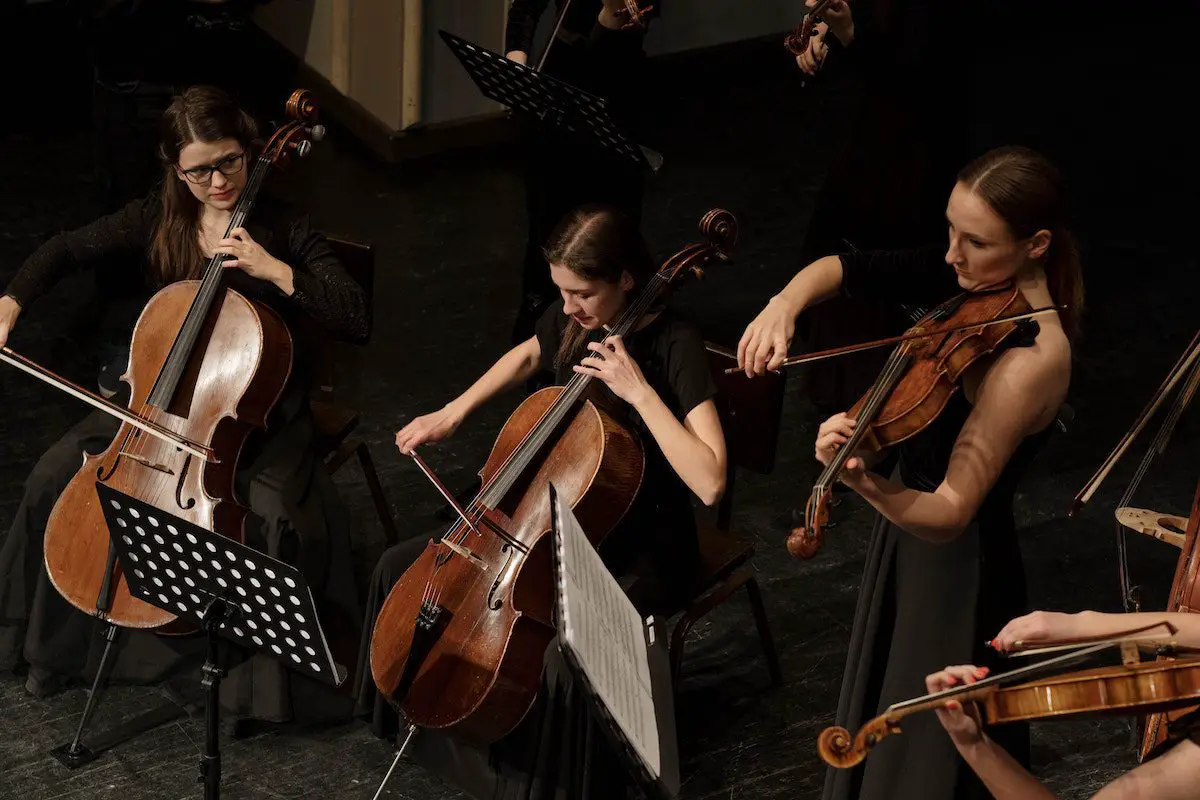Ever wondered about the majesty behind your favorite movie soundtracks or the essence that fuels the dramatic symphonies of the Romantic era? It’s all woven with the threads of program music. So, what exactly makes these compositions stand out, you ask? Let’s dive into that!
What is program music? It’s a kind of musical composition that’s designed to tell a story or paint a picture, aiming to evoke a specific emotional response from the listener without the use of lyrics or text. Running deep in the veins of European classical music, this form is an absolute game-changer in the music world.
What is program music?
Program music, in simple words, is instrumental music that carries a narrative or depicts specific scenes or moods. Way before lyrics took center stage, program music was the go-to method for musicians looking to tell a tale. To the uninitiated, program music might seem like a cryptic term. But it’s really the name for the secret recipe that’s been adding flavor to our music for centuries.

Y’know that scene in Star Wars where Luke is looking out at the twin suns of Tatooine? The music that touches your soul right then, that’s a stellar example of program music.
AKAI Professional MPK Mini MK3

AKAI Professional MPK Mini MK3
How did program music evolve?
During the Renaissance, program music found application in works like Martin Peerson’s ‘The Fall of the Leafe’ or William Byrd’s ‘The Battell.’ These works utilized instruments like the harpsichord to convey a narrative, emphasizing the expressive potential of music over its purely auditory appeal.
Fast forward to the Baroque era, program music leaped to the forefront with Antonio Vivaldi’s timeless ‘The Four Seasons.’ This work weaves an auditory tapestry of the changing seasons, painting vivid pictures of rain, chilling winds, and dancing peasants purely through sound.
In the Classical era, we have Joseph Haydn and Ludwig van Beethoven incorporating programmatic elements into their symphonies.
In the Classical era, we have Joseph Haydn and Ludwig van Beethoven incorporating programmatic elements into their symphonies. Beethoven himself, despite slight hesitation, showcased an absorbing use of program music in his Symphony No. 6. In the Romantic period, Franz Liszt and Hector Berlioz made waves with their narrative-driven compositions, setting the stage for a real revolution.
The twentieth century was a whole new ball game for program music. Composers ventured into uncharted territories and experimented like never before. For instance, Alban Berg’s ‘Lyric Suite’ was long considered abstract till it was discovered to be a tribute to Hanna Fuchs-Robettin. Our world of music wouldn’t be the same without these innovative leaps!
How do modern composers use program music?
Today, the magic of program music is alive and kickin’ in the world of film scores. Composers now harness program music to enhance the emotional depth of those intense movie scenes. They finely tune their compositions to evoke a specific emotional response in sync with the movie’s scenes. So, the next time you sit down to watch your favorite film, pay attention to the background score. You may just catch the program music playing its magic.
Here’s a quick rundown of some do’s and don’ts of program music:
| Do’s | Don’ts |
|---|---|
| Incorporate narrative elements | Stick only to auditory appeal |
| Experiment with different moods | Play it safe |
| Enhance emotional depth | Ignore the storyline |
Does program music exist in popular music?
Absolutely! You might not realize it, but program music is right there in your favorite playlist too. From the ambient, new age tunes you chill out to, to the art rock or techno beats your groove on, traces of program music can be found across genres. A notable example is Duke Ellington’s works, which beautifully continue the tradition of orchestral program music in a jazz orchestra setting.
Which progressive rock bands have experimented with program music?
Prog rock musicians, especially from the 70s, totally dug program music. Some of the most well-known examples include:
- Pink Floyd: “The Wall” is a rock opera and concept album that tells the story of a character named Pink and his mental and emotional struggles. Their album “Dark Side of the Moon” can also be seen as program music, with its themes of time, death, greed, and mental illness.
- Yes: The album “Tales from Topographic Oceans” is a double album composed of four lengthy tracks, each representing a different aspect of ancient Eastern philosophy.
- Genesis: The album “The Lamb Lies Down on Broadway” is a double album that tells a surreal story of a Puerto Rican youth in New York City.
- Emerson, Lake & Palmer (ELP): Their album “Tarkus” is a suite of songs that describe the birth and life of the titular character, Tarkus. Their work often features themes from literature, mythology, and history.
- Rush: Albums like “2112” and “Hemispheres” contain long, multi-part songs that tell stories and depict various themes.
- King Crimson: Their album “In the Court of the Crimson King” could be seen as program music, as it revolves around the theme of the downfall of an ill-fated monarch.
Can music be both program music and not program music at the same time?
Music is a deeply personal experience – what might resonate as a specific narrative to one listener could just be an interesting melody to another. This is definitely true for absolute music which doesn’t have any assigned program.

Take Beethoven’s works as an example. Though some of his compositions hinted at program music, Beethoven didn’t explicitly confirm any narrative. This leaves room for your individual interpretation. Music can have programmatic connotations and still remain absolute or non-programmatic to many listeners. That’s the beauty of it!
Top program musicians
The following table lists some notable musicians and bands, mostly in the progressive rock genre, known for their use of program music.
| Band/Musician | Notable Work(s) |
|---|---|
| Pink Floyd | “The Wall,” “Dark Side of the Moon” |
| Yes | “Tales from Topographic Oceans” |
| Genesis | “The Lamb Lies Down on Broadway” |
| Emerson, Lake & Palmer (ELP) | “Tarkus” |
| Rush | “2112,” “Hemispheres” |
| King Crimson | “In the Court of the Crimson King” |
| Jethro Tull | “Thick as a Brick,” “A Passion Play” |
| The Moody Blues | “Days of Future Passed” |
| Dream Theater | “Metropolis Pt. 2: Scenes from a Memory” |
| Rick Wakeman (Yes) | “Journey to the Centre of the Earth” |
| Mike Oldfield | “Tubular Bells” |
If you want even more great tips and information, check out the video below.
Frequently Asked Questions (FAQ)
Diving into program music and its role in music production can spark a lot of interesting questions. Here are answers to some that might be floating around in your head.
Does Program Music dictate the type of emotion a listener should feel?
In program music, composers bear an intent, a direction of emotion they want to evoke. However, music is all subjective. So, while a composition might guide a particular emotional response, it doesn’t explicitly dictate it. Your own experiences and interpretations often shape your emotional response to music.
Can program music be used in electronic music production?
You bet! Program music isn’t bound to any particular genre. Electronic music can definitely cash in on its potential. Incorporating narrative-themed elements adds depth to the otherwise repetitive nature of electronic music.
What’s a great way to get started with Program Music?
Why not try recreating your favorite movie scenes through music, without the help of any dialogues or visual cues? It’s a great entry point, and as you get comfortable, branch out to create original pieces with your narratives.
Conclusion
And there you have it, folks! That’s program music in a nutshell – or should I say, in a metronome? Sure, it might seem like conducting a whole orchestra, but the end results are definitely music to the ears! I hope this blog hit the right note and provided some sound advice on program music’s role in music production.
Did I cover everything you wanted to know? Let me know in the comments section below because I read and reply to every comment. If you found this article helpful, go ahead and share it with fellow music enthusiasts, and hit up my full blog for more cool insights on similar topics. Thanks for reading, keep strumming those creative chords, and remember – never stop exploring music!
Key Takeaways
This article covered an introduction to program music, its impact and significance in music production, and some interesting tidbits surrounding it. Here are some key takeaways:
- Program music is instrumental music that tells a narrative or evokes a specific mood.
- It’s been in the game since the Renaissance period and continues to evolve.
- Composers, both historical and contemporary, utilize program music to enhance the depth of their works.
- Various eras of music, from Baroque to Romantic, witnessed notable contributions to program music.
- In the modern world, program music plays a crucial role in creating impactful film scores.
- Program music can be a powerful tool when creating tracks in your home recording studio.
- Achieving successful program music in production requires meticulous planning and careful sound design.















